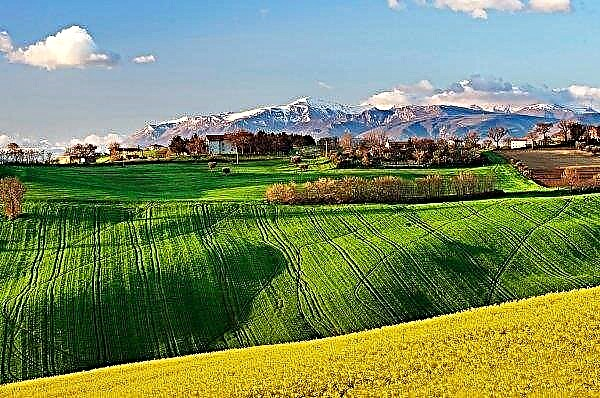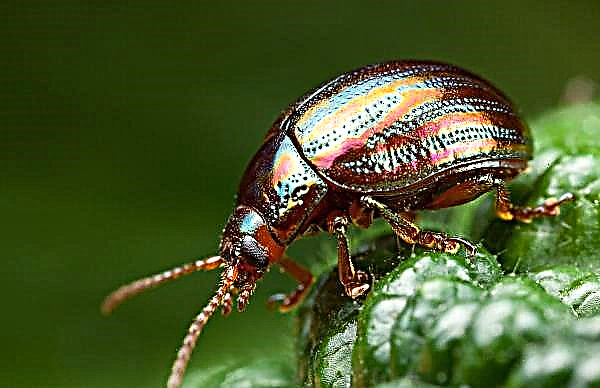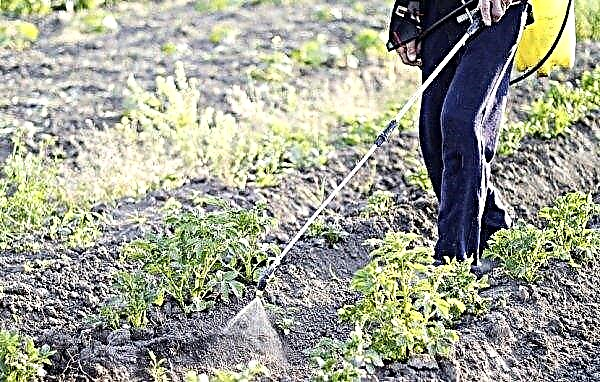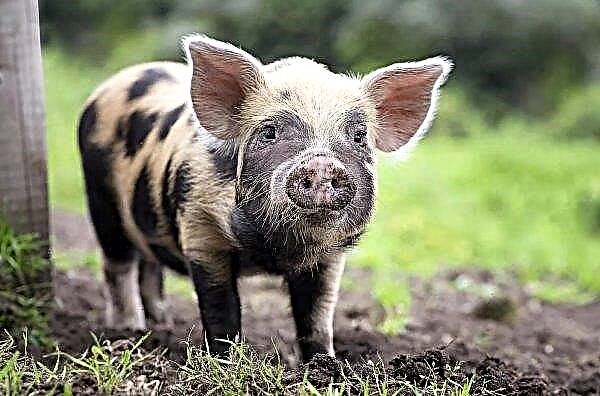Emerging markets in Asia, sub-Saharan Africa, the Middle East and North Africa will increase the demand for animal protein.
Over the next 10 years, global meat production is expected to grow by 13%, according to the latest forecasts published by the Organization for Economic Cooperation and Development (OECD) and the Food and Agriculture Organization of the United Nations (FAO).
Most of the additional food demand will come from regions with high population growth, such as sub-Saharan Africa, Asia, the Middle East and North Africa.

World meat production in 2028 is expected to be 13% higher than average (2016–2018), with 74% of this growth occurring in developing countries.
Asia is expected to account for 56% of global meat imports by 2028, with record levels of consumption and import growth expected in the Philippines, Japan, Malaysia and Vietnam, as demand outpaces domestic production capacities.
According to forecasts, global meat exports in 2028 will increase by 18% compared to the period 2016–2018. Growth in meat sales is expected in developing countries, especially Brazil and Argentina, which will benefit from the depreciation of currencies and a decent increase in overall meat production.
The OECD forecast notes that a number of factors will have a significant impact on world meat trade in the coming decade.

African swine fever, microbial resistance, and climate events will affect food supplies, while developing diets, health and resilience problems, and trade complications can potentially change the picture in world trade.












